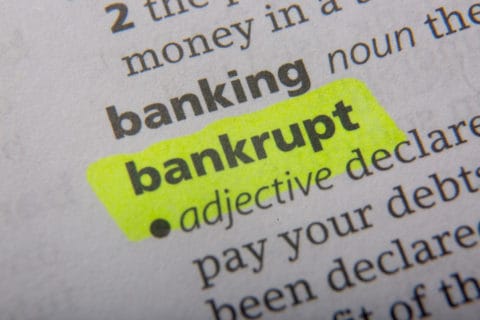Bankruptcy 101: What You Need to Know Before Filing
After a significantly life-changing event such as a job loss, divorce, or severe illness, many people find themselves overwhelmed with debt. Bankruptcy provides an opportunity to actively address debt and reestablish financial stability. If you are facing financial difficulties, then consider this basic guide to bankruptcy and discuss your options with a bankruptcy lawyer:
Types of Bankruptcy
There are six different types of bankruptcy in the United States, known officially as “chapters.” The majority of consumers file under either Chapter 7 or Chapter 13 bankruptcy.
- Chapter 7
Chapter 7 bankruptcy is also known as liquidation. It will discharge most debts, although it does not apply to certain items such as alimony, child support, student loans, or back taxes.
- Chapter 13
Chapter 13 bankruptcy is commonly referred to as “reorganization” because it does not discharge all debt, but instead consolidates it into a repayment plan that spans three to five years.
Eligibility Requirements for Bankruptcy
Since the passage of the Bankruptcy Abuse and Consumer Protection Act in 2005, it has been more difficult for consumers to qualify for bankruptcy. Both Chapter 7 and Chapter 13 filings require credit counseling, and each has its own additional criteria.
- Chapter 7
In order to qualify for Chapter 7 bankruptcy, debtors must either have an income below the state average or pass a “means test,” which assesses a debtor’s ability to afford basic living expenses, debts, and other financial obligations.
- Chapter 13
In addition to credit counseling, debtors must maintain adequate income to pay off secured debts within a period of three to five years.

